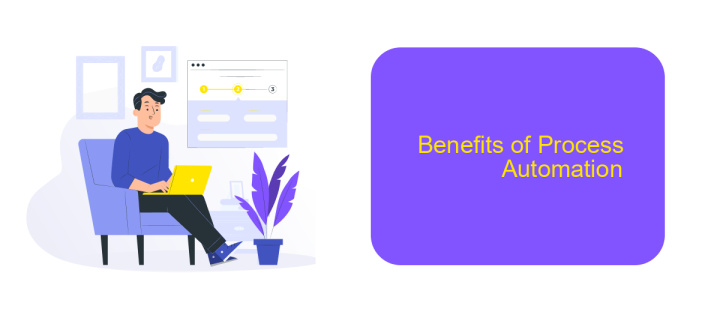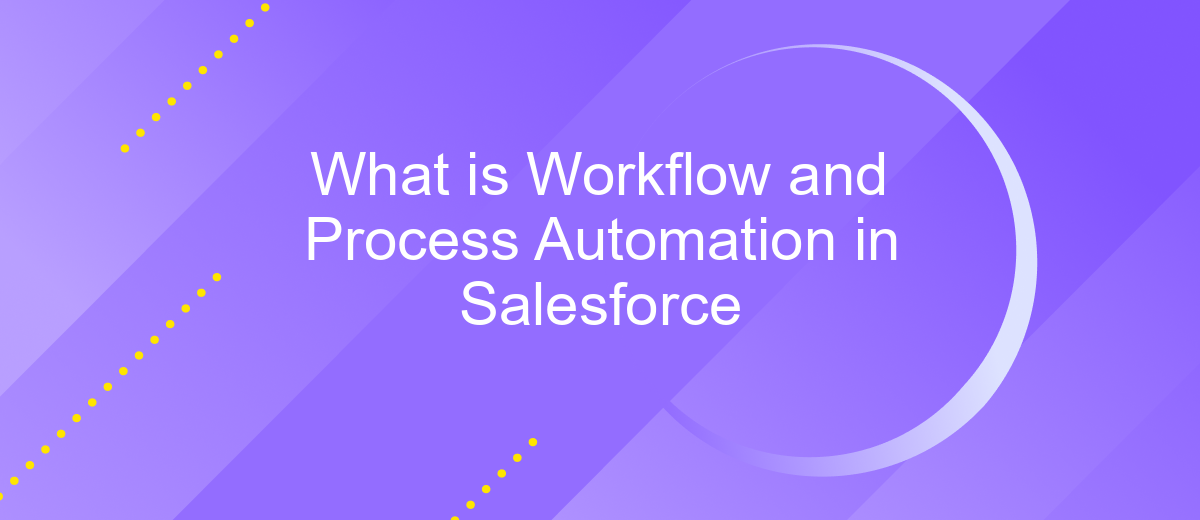What is Workflow and Process Automation in Salesforce
Workflow and process automation in Salesforce are essential tools for streamlining business operations and enhancing productivity. By automating routine tasks and complex processes, Salesforce enables organizations to focus on strategic initiatives and improve efficiency. This article explores the fundamentals of workflow and process automation within Salesforce, highlighting their benefits, key features, and practical applications in various business scenarios.
What is Workflow Automation?
Workflow automation in Salesforce refers to the process of streamlining and automating business tasks and processes. This is achieved by setting up rules and actions that automatically perform tasks, send emails, update records, and more. By automating repetitive tasks, businesses can increase efficiency, reduce errors, and ensure consistency in their processes.
- Automate repetitive tasks to save time and resources
- Ensure consistency and accuracy in business processes
- Trigger actions based on specific criteria or events
- Integrate with other systems and services for seamless operations
One of the tools that can be used to enhance workflow automation is ApiX-Drive. This service allows for easy integration between Salesforce and other applications, enabling data synchronization and automated workflows across different platforms. By leveraging ApiX-Drive, businesses can further streamline their operations, reduce manual work, and ensure that all systems are working in harmony. This leads to improved productivity and better overall performance.
Benefits of Workflow Automation

Workflow automation in Salesforce significantly enhances productivity by reducing manual tasks and streamlining processes. By automating repetitive activities, employees can focus on more strategic and value-added tasks, leading to improved efficiency and faster turnaround times. This not only increases overall operational efficiency but also minimizes the risk of human error, ensuring more accurate and reliable outcomes.
Additionally, workflow automation facilitates better data management and integration. Tools like ApiX-Drive enable seamless integration between Salesforce and other platforms, ensuring that data flows smoothly across different systems. This integration capability helps in maintaining data consistency and provides a unified view of information, which is crucial for informed decision-making. By leveraging workflow automation, businesses can achieve greater agility and adaptability, allowing them to respond more swiftly to market changes and customer needs.
What is Process Automation?

Process automation refers to the use of technology to automate repetitive and manual tasks within an organization's workflow. By leveraging process automation, businesses can streamline operations, reduce human error, and increase efficiency. In Salesforce, process automation tools like Workflow Rules, Process Builder, and Flow Builder allow users to automate various tasks and processes, ensuring that business operations run smoothly and consistently.
- Identify repetitive tasks that can be automated.
- Use Salesforce tools like Workflow Rules and Process Builder to set up automation.
- Test the automated processes to ensure they work correctly.
- Monitor and optimize the automated processes for continuous improvement.
Integrating third-party services like ApiX-Drive can further enhance process automation by enabling seamless data transfer between different applications. ApiX-Drive allows users to set up integrations without coding, making it easier to connect Salesforce with other tools and automate complex workflows. By adopting process automation, organizations can save time, reduce costs, and focus on more strategic activities.
Benefits of Process Automation

Process automation in Salesforce offers a myriad of benefits that can significantly enhance business operations. By automating repetitive tasks, organizations can save valuable time and resources, allowing employees to focus on more strategic activities. This leads to increased productivity and efficiency across the board.
Additionally, process automation ensures consistency and accuracy in executing tasks. Human error is minimized, resulting in more reliable data and improved decision-making. Automated processes also provide better tracking and reporting capabilities, offering insights into workflow performance and areas for improvement.
- Time-saving by automating repetitive tasks
- Increased productivity and efficiency
- Enhanced accuracy and consistency
- Improved tracking and reporting
- Better resource allocation
Integrating various systems and applications through services like ApiX-Drive can further streamline workflows. ApiX-Drive enables seamless data transfer between platforms, reducing manual data entry and ensuring real-time updates. This integration capability is crucial for maintaining a cohesive and efficient operational environment.
- Automate the work of an online store or landing
- Empower through integration
- Don't spend money on programmers and integrators
- Save time by automating routine tasks
Workflow and Process Automation in Salesforce
Workflow and Process Automation in Salesforce streamline business operations by automating repetitive tasks and standardizing processes. With tools like Workflow Rules, Process Builder, and Flow, Salesforce enables organizations to create automated workflows that trigger specific actions based on predefined criteria. This ensures consistent execution of tasks, reduces manual errors, and enhances productivity. For example, Workflow Rules can automatically send email alerts, update records, or create tasks when certain conditions are met.
Moreover, integrating Salesforce with other applications can further enhance automation capabilities. Services like ApiX-Drive facilitate seamless integrations, allowing data to flow effortlessly between Salesforce and various third-party systems. This integration capability ensures that all relevant information is synchronized across platforms, enabling more comprehensive and efficient process automation. By leveraging these tools and integrations, businesses can achieve greater operational efficiency, improve customer satisfaction, and drive growth.
FAQ
What is Workflow in Salesforce?
What is Process Automation in Salesforce?
What are the main differences between Workflow Rules and Process Builder in Salesforce?
Can I integrate third-party services into my Salesforce automation processes?
How can I monitor and troubleshoot my automated workflows in Salesforce?
Apix-Drive is a universal tool that will quickly streamline any workflow, freeing you from routine and possible financial losses. Try ApiX-Drive in action and see how useful it is for you personally. In the meantime, when you are setting up connections between systems, think about where you are investing your free time, because now you will have much more of it.


